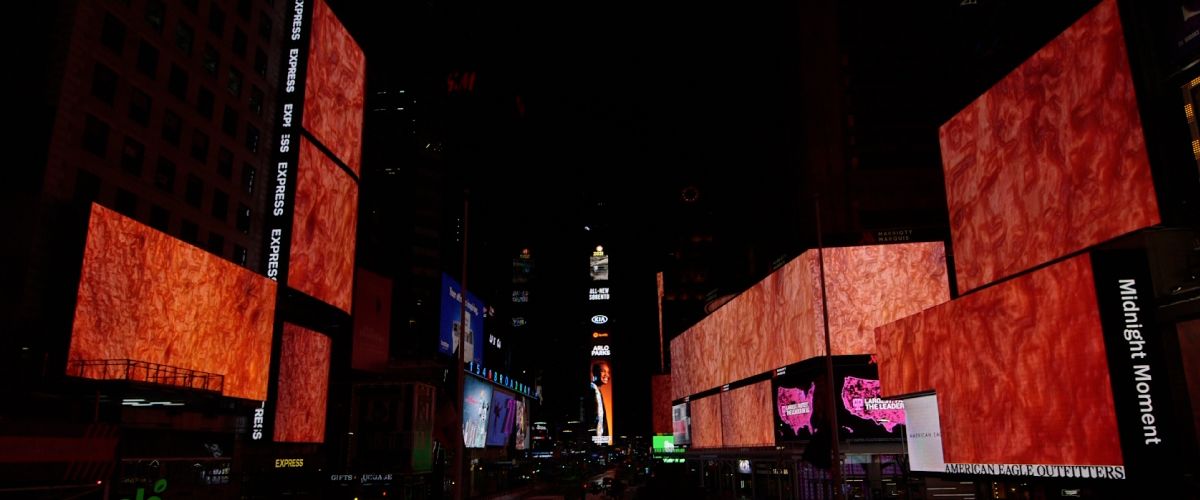The John S. and James L. Knight Foundation announced today the inaugural recipients of its new Knight Arts + Tech Fellowship, which annually awards unrestricted grants of $50,000 to five artists who use technologies such as artificial intelligence, augmented and virtual reality, software and coding, in what the foundation calls “thoughtful, creative or poetic ways” that “expand the field”.
“By supporting world-class tech-based art, we aim to spotlight the potential of using tech to engage audiences in meaningful art experiences,” says Victoria Rogers, the vice president of arts at the Knight Foundation. “Technology is a tool, in and of itself it is neither good nor bad. As artist's have done for centuries, they provide us with new ways to view the world. Through their lens, they can provoke, soothe, entertain, and challenge our perceptions. Technology has become ubiquitous; it makes sense to explore its use in the creation of art.”
The five recipients of the Arts + Tech Fellowship are Rashaad Newsome of Oakland, California, whose multimedia work aims to create inclusive reconstructions of power narratives; Rodolfo Perraza, the Cuban-born Miami-based artist whose practice is centered around inquiries into digital and physical public spaces; Sondra Perry of New Jersey, whose video, computer-based and performance-based work often explore themes of race, identity, personal mythology, history and technology; New York-based Stephanie Dinkins, who creates dialogues around the ways in which artificial intelligence intersects with contemporary life and issues of race, gender, aging, and more; and the Philadelphia-based collective Black Quantum Futurism, which is made up of the artists Camae Ayewa and Rasheedah Phillips, who together use a multimedia approach to create alternative lenses through which to view intersectional activism and experiences. The grants will be administered by United States Artists, a Chicago-based national arts funding organisation.
“Artists have been leveraging technology in their work for decades,” Rogers adds. “However, the pandemic made us all see how essential the arts are, especially during a time of physical distancing. From the start of the pandemic, artists showed their resilience by using technology and new media to create works and experiences that found new ways to connect with audiences—whether it's a digital exhibit, a drive-in theater or an augmented reality project. These approaches are here to stay. Now, more than ever, it's important to support artists as they use tech to expand the field."


